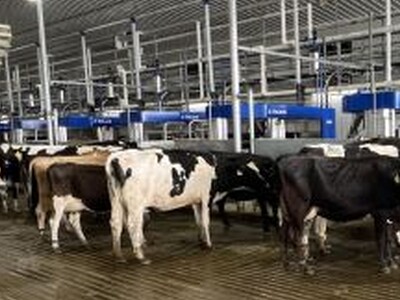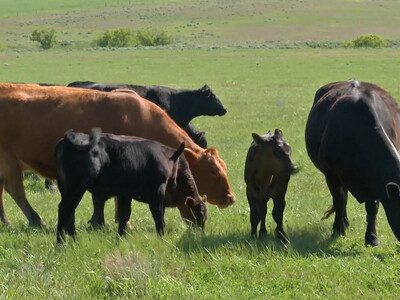DNA Marker for Beef Tenderness
DNA Marker for Beef Tenderness
I’m KayDee Gilkey with the Northwest Farm and Ranch Report.
Examining the marbling is the traditional way to best determine whether you will enjoy that steak you just purchased at the grocery store. Marbling is the flecks of intramuscular fat within the lean sections that has been associated with eating quality, particularly juiciness and flavor. Unfortunately, marbling doesn’t necessarily always correlate with tenderness.
After the DNA marker on the 18th chromosome had been identified to correlate with tenderness in beef, Frank Hendrix, Faculty and Extension at Washington State University in Yakima, has working with several ranchers to select cows ranking high in tenderness.
Hendrix: “We have selected now over the years for tens in tenderness -- and the ranking is zero to 10, with 10s being the most tender. Tens are very rare. The normal beef in America is a four. We’ve been able to now with cooperative producers to produce 100 eight, nine and 10 cows. We are starting research now to find out how exactly tender these tender cows are.”
The next research step is to process a group of 10-rated steers and a group of 4 and 5 tenderness-rated steers to see if there is a difference by testing with scientific instruments and a sensory taste panel. If those 10 steers prove very tender, Hendrix says it could mean more reliable way to determine tenderness in beef.
I’m KayDee Gilkey with the Northwest Farm and Ranch Report on the Northwest Ag Information Network.














